
Austin, Texas

 |
Austin, Texas |
 |
|
Austin, located in the central part of the Texas, is the capital and the seat of Travis County. It lies on the Colorado River where the river emerges from the Texas hill country and the Balcones Escarpment. The Balcones Fault Zone is a tensional structural system in Texas that runs approximately from the southwest part of the state near Del Rio, Texas to the north central region near Waco, Texas along Interstate 35. The Balcones Fault zone is made up of many smaller features including: normal faults, grabens, and horsts. One of the most obvious features is the Mount Bonnell Fault. |
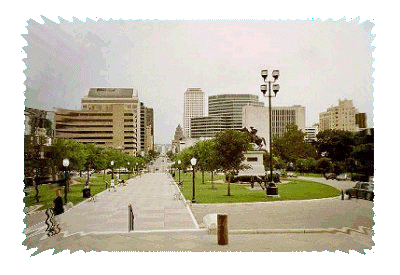 Austin is the northern hub of a major economic and population region that extends southward to include the San Antonio metropolitan area. Austin houses major state and federal government offices and serves as a manufacturing, commercial, recreational, educational, and convention center. Austin's population increased significantly from 1980 to 1990, largely because of the city's economic diversification, especially into high-technology fields. The population growth continued in the 1990s. The Austin metropolitan area includes Travis, Williamson, Hays, Caldwell, and Bastrop counties and covers a land area of 4226 sq. mi.; notable cities included besides Austin are San Marcos and Round Rock. |
| For much of Austin's history, the city's economy was dominated by the state and federal government and the University of Texas. Beginning in the 1980s, the arrival of several computer technology corporations and research organizations helped diversify the economy. Since 1990 additional high-tech companies have moved to the city. Austin's other manufactured goods include food products, printed materials, furniture, and office supplies. In the early 1970s many country-and-western musicians moved to Austin. The city has since assumed the nickname "The Live Music Capital of the World," and each March it hosts the South by Southwest music festival, which serves as a venue for new bands of various musical styles. | 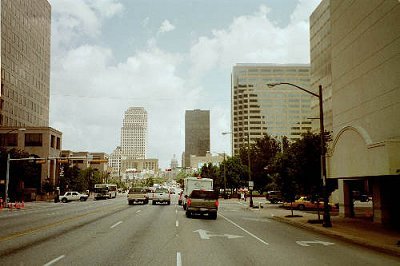 |
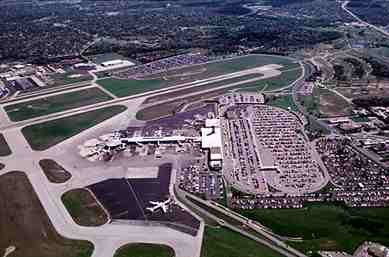
|
The city is served by several railroads, an interstate highway, and the Robert Mueller Municipal Airport. A new facility, the Austin-Bergstrom International Airport, opened in the spring of 1999. As a state capital close to Mexico, Austin is expected to benefit from increased international trade resulting from the North American Free Trade Agreement (NAFTA), which eliminates most tariffs and trade barriers among the United States, Mexico, and Canada.
|
| Capital of the Republic of Texas from 1839 until 1842
, Austin became the capital of the new state of Texas in 1845. In 1888 architects and builders completed the State Capitol Building. A statue of the Goddess of Liberty holding the five-pointed star, the symbol of Texas, sits atop the dome of the Capitol. Schools, & Cultural Institutions |
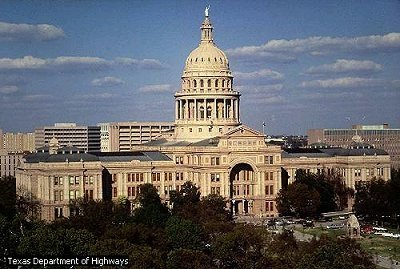 |
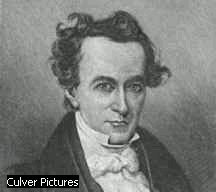
|
In 1730 Franciscan missionaries established three temporary missions in the area, at sites which for centuries had been occupied periodically by groups of Native Americans. The site of the present city was settled in 1838 on the north bank of the Colorado River by five families, who named the community Waterloo. In 1839 Waterloo was chosen as the site of the permanent capital of the Republic of Texas. A one-story frame building was erected to house government offices, town lots were sold, and a newspaper began publication. In December 1839 the city was incorporated and its name was changed to Austin in honor of Stephen F. Austin, who is considered the father of Texas. |
|
The Houston and Texas Central Railroad reached Austin in 1871, and other railroads soon followed. The construction of a dam and power plant on the Colorado River prompted a period of industrialization between 1880 and 1900. The dam was destroyed in a flood in 1900 and was partially rebuilt by 1915, but not completed before another storm washed it away. After major flooding in the 1930s, the Colorado River Authority constructed a series of dams and reservoirs on the river. This chain of reservoirs, known locally as the Highland Lakes, stretches for 95 miles inland from Austin and is a major recreation and tourist attraction for central Texas. |
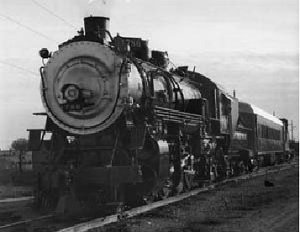
|

|
During World War II (1939-1945) population growth was enhanced by the establishment of several military bases in and near the city. During the decades since the war Austin has experienced unprecedented growth as the result of its economic diversification, its climate, its numerous recreational and cultural opportunities, its significance as an international city, and its allure as a haven for retired people. |
